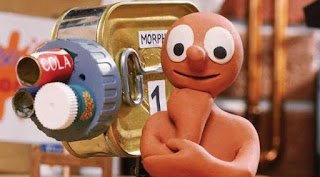Stop Motion

Stop motion is an animation technique in which models (usually clay) are manoeuvred and photographed in small steps, which gives the appearance of self-movement when played back. Any object, living or otherwise, can be used in creating stop motion animation. The first known usage of stop motion was back in 1897 in the film The Humpty Dumpty Circus , by Albert E. Smith and J. Stuart Blackton. It featured a toy circus where various animals and acrobats came to life. In the early days of stop motion, it was usually shown as if things were moving by magic. One of the earliest creators of stop motion media was Wladyslaw Starewicz, a Polish-Russian animator, who used dead insects with wire limbs in order to achieve certain scenes. Stop motion has a unique look and is oftentimes favoured over more complex animation mediums, such as CGI, due to it's low cost. It is very popular in children's films and television shows, as it displays a whimsical and fun qu...
